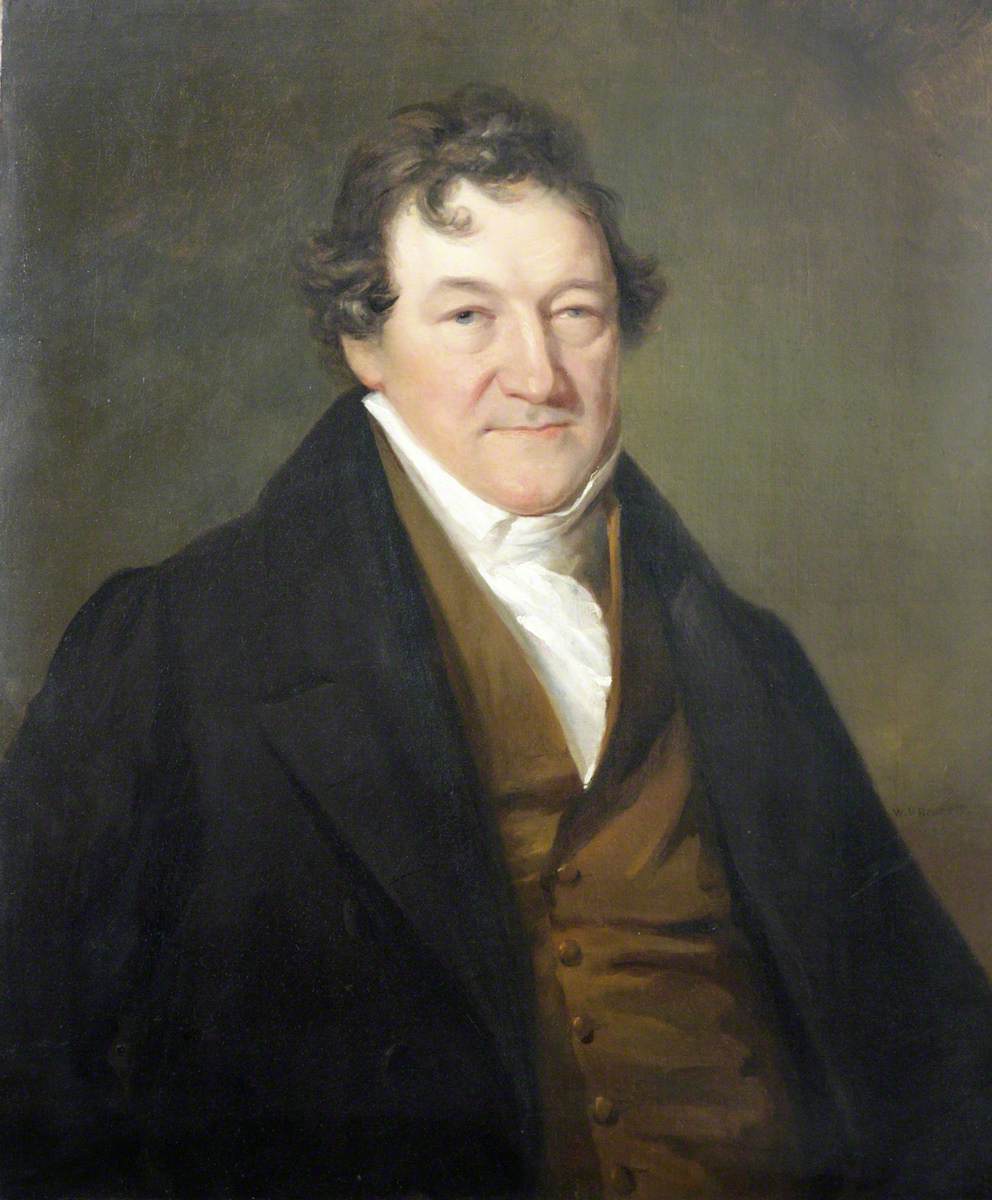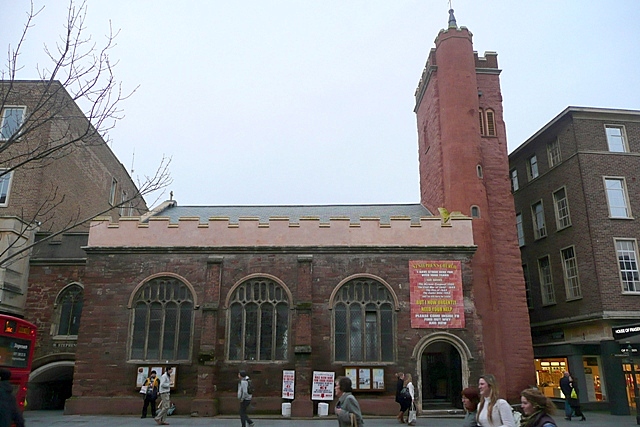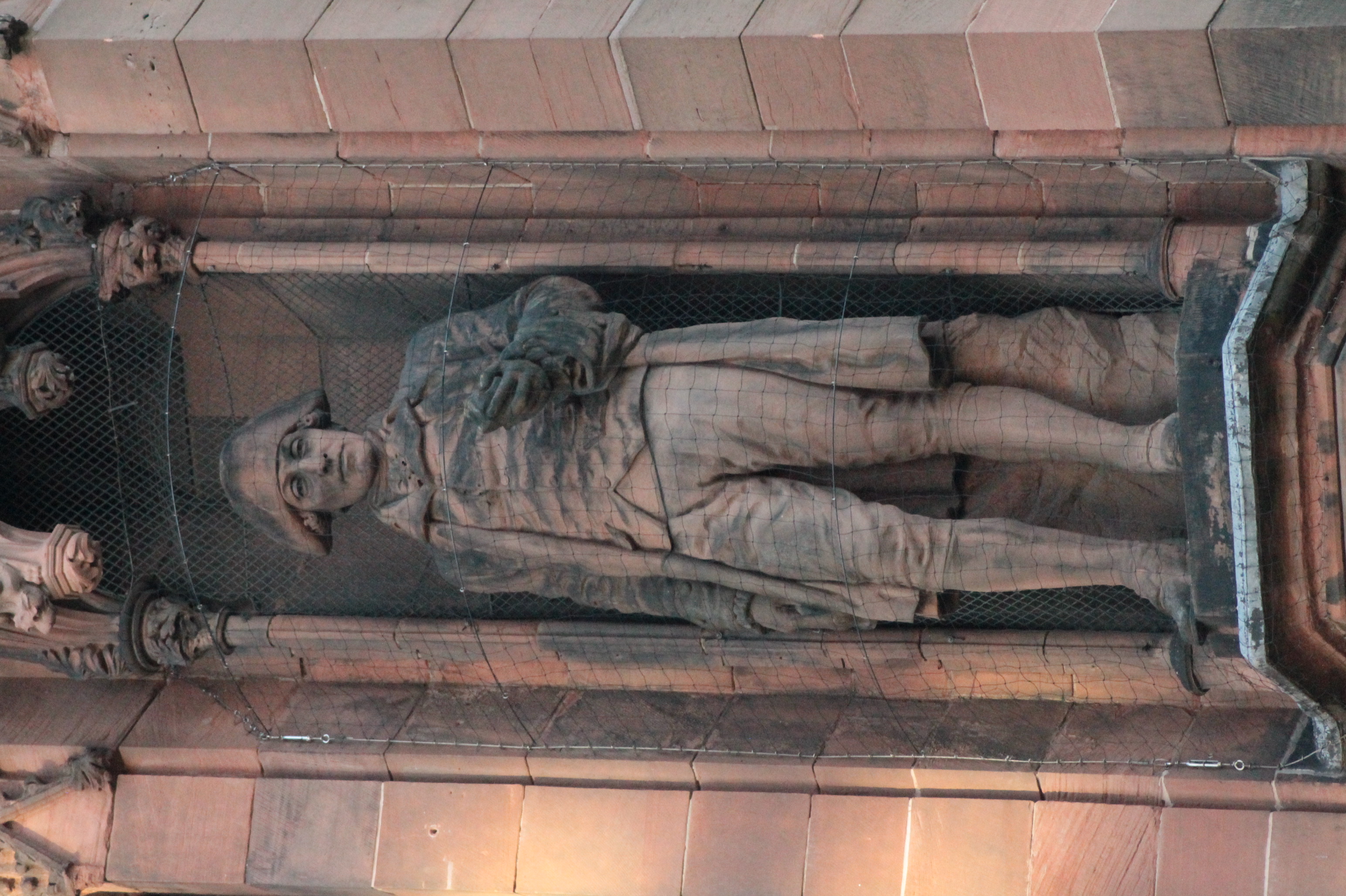|
Bartholomew Parr
Bartholomew Parr FRS FRSE (1750–1810) was an 18th-century British physician and medical author, known for his ''London Medical Dictionary'' published in 1809. After earning his Doctor of Medicine in 1773 at the University of Edinburgh, Parr served as Physician of the Devon and Exeter Hospital in southwest England. He was later elected as Fellow of the Royal Societies of Edinburgh and London. Life Parr was born in Exeter in Devon in 1750 the son of Bartholomew Parr (1713-1800), surgeon of Exeter Hospital (and a pupil of Dr. William Smellie), by his second wife Johanna Burgess. He was sent to the University of Edinburgh to study medicine and graduated with a Doctor of Medicine in 1773, returning to Exeter to practice. In February 1775 he replaced Dr. Thomas Glass as Physician of the Devon and Exeter Hospital. In 1789 he was elected a Fellow of the Royal Society of Edinburgh. His proposers were Alexander Hamilton, James Hutton and Andrew Duncan, the elder. In 1797 he was also ... [...More Info...] [...Related Items...] OR: [Wikipedia] [Google] [Baidu] |
Bartholomew Parr
Bartholomew Parr FRS FRSE (1750–1810) was an 18th-century British physician and medical author, known for his ''London Medical Dictionary'' published in 1809. After earning his Doctor of Medicine in 1773 at the University of Edinburgh, Parr served as Physician of the Devon and Exeter Hospital in southwest England. He was later elected as Fellow of the Royal Societies of Edinburgh and London. Life Parr was born in Exeter in Devon in 1750 the son of Bartholomew Parr (1713-1800), surgeon of Exeter Hospital (and a pupil of Dr. William Smellie), by his second wife Johanna Burgess. He was sent to the University of Edinburgh to study medicine and graduated with a Doctor of Medicine in 1773, returning to Exeter to practice. In February 1775 he replaced Dr. Thomas Glass as Physician of the Devon and Exeter Hospital. In 1789 he was elected a Fellow of the Royal Society of Edinburgh. His proposers were Alexander Hamilton, James Hutton and Andrew Duncan, the elder. In 1797 he was also ... [...More Info...] [...Related Items...] OR: [Wikipedia] [Google] [Baidu] |
Andrew Duncan, The Elder
Andrew Duncan, the elder (17 October 1744 – 5 July 1828) FRSE FRCPE FSA (Scot) was a Scottish physician and professor at the University of Edinburgh. He was joint founder of the Royal Society of Edinburgh. Life Duncan was the second son of Andrew Duncan, merchant and shipmaster, of Crail, afterwards of St Andrews, his mother being a daughter of Professor William Vilant, and related to the Drummonds of Hawthornden. He was born at Pinkerton, near St Andrews, Fife, on 17 October 1744, and was educated first by Sandy Don of Crail, and afterwards by Richard Dick of St Andrews. Duncan proceeded next to University of St Andrews, where he obtained the M.A. degree in 1762. As a youth he was known as "the smiling boy", and his character for good nature was retained through life. Lord Erskine and his brother Henry Erskine were among his school fellows and fast friends through life. In 1762, he entered the University of Edinburgh as a medical student, being the pupil of Joseph Black, Wi ... [...More Info...] [...Related Items...] OR: [Wikipedia] [Google] [Baidu] |
18th-century English Medical Doctors
The 18th century lasted from January 1, 1701 ( MDCCI) to December 31, 1800 ( MDCCC). During the 18th century, elements of Enlightenment thinking culminated in the American, French, and Haitian Revolutions. During the century, slave trading and human trafficking expanded across the shores of the Atlantic, while declining in Russia, China, and Korea. Revolutions began to challenge the legitimacy of monarchical and aristocratic power structures, including the structures and beliefs that supported slavery. The Industrial Revolution began during mid-century, leading to radical changes in human society and the environment. Western historians have occasionally defined the 18th century otherwise for the purposes of their work. For example, the "short" 18th century may be defined as 1715–1789, denoting the period of time between the death of Louis XIV of France and the start of the French Revolution, with an emphasis on directly interconnected events. To historians who expand t ... [...More Info...] [...Related Items...] OR: [Wikipedia] [Google] [Baidu] |
Alumni Of The University Of Edinburgh
This is a list of notable graduates as well as non-graduate former students, academic staff, and university officials of the University of Edinburgh in Scotland. It also includes those who may be considered alumni by extension, having studied at institutions that later merged with the University of Edinburgh. The university is associated with 19 Nobel Prize laureates, three Turing Award winners, an Abel Prize laureate and Fields Medallist, four Pulitzer Prize winners, three Prime Ministers of the United Kingdom, and several Olympic gold medallists. Government and politics Heads of state and government United Kingdom Cabinet and Party Leaders Scottish Cabinet and Party Leaders Current Members of the House of Commons * Wendy Chamberlain, MP for North East Fife * Joanna Cherry, MP for Edinburgh South West * Colin Clark, MP for Gordon * Anneliese Dodds, MP for Oxford East * Kate Green, MP for Stretford and Urmston * John Howell, MP for Henley * Neil Hudson, M ... [...More Info...] [...Related Items...] OR: [Wikipedia] [Google] [Baidu] |
Medical Doctors From Exeter
Medicine is the science and practice of caring for a patient, managing the diagnosis, prognosis, prevention, treatment, palliation of their injury or disease, and promoting their health. Medicine encompasses a variety of health care practices evolved to maintain and restore health by the prevention and treatment of illness. Contemporary medicine applies biomedical sciences, biomedical research, genetics, and medical technology to diagnose, treat, and prevent injury and disease, typically through pharmaceuticals or surgery, but also through therapies as diverse as psychotherapy, external splints and traction, medical devices, biologics, and ionizing radiation, amongst others. Medicine has been practiced since prehistoric times, and for most of this time it was an art (an area of skill and knowledge), frequently having connections to the religious and philosophical beliefs of local culture. For example, a medicine man would apply herbs and say prayers for healing, o ... [...More Info...] [...Related Items...] OR: [Wikipedia] [Google] [Baidu] |
1810 Deaths
Year 181 ( CLXXXI) was a common year starting on Sunday (link will display the full calendar) of the Julian calendar. At the time, it was known as the Year of the Consulship of Aurelius and Burrus (or, less frequently, year 934 ''Ab urbe condita''). The denomination 181 for this year has been used since the early medieval period, when the Anno Domini calendar era became the prevalent method in Europe for naming years. Events By place Roman Empire * Imperator Lucius Aurelius Commodus and Lucius Antistius Burrus become Roman Consuls. * The Antonine Wall is overrun by the Picts in Britannia (approximate date). Oceania * The volcano associated with Lake Taupō in New Zealand erupts, one of the largest on Earth in the last 5,000 years. The effects of this eruption are seen as far away as Rome and China. Births * April 2 – Xian of Han, Chinese emperor (d. 234) * Zhuge Liang, Chinese chancellor and regent (d. 234) Deaths * Aelius Aristides, Greek orator and w ... [...More Info...] [...Related Items...] OR: [Wikipedia] [Google] [Baidu] |
1750 Births
Year 175 ( CLXXV) was a common year starting on Saturday (link will display the full calendar) of the Julian calendar. At the time, it was known as the Year of the Consulship of Piso and Iulianus (or, less frequently, year 928 ''Ab urbe condita''). The denomination 175 for this year has been used since the early medieval period, when the Anno Domini calendar era became the prevalent method in Europe for naming years. Events By place Roman Empire * Marcus Aurelius suppresses a revolt of Avidius Cassius, governor of Syria, after the latter proclaims himself emperor. * Avidius Cassius fails in seeking support for his rebellion and is assassinated by Roman officers. They send his head to Aurelius, who persuades the Senate to pardon Cassius's family. * Commodus, son of Marcus Aurelius and his wife Faustina, is named Caesar. * M. Sattonius Iucundus, decurio in Colonia Ulpia Traiana, restores the Thermae of Coriovallum (modern Heerlen) there are sources that state this happe ... [...More Info...] [...Related Items...] OR: [Wikipedia] [Google] [Baidu] |
William Mineard Bennett
William Mineard Bennet (1778–1858), was an English miniature-painter, singer and composer. Life Bennett was born at Exeter in 1778.Graves, 1885 While apprenticed to the engraver Abraham Ezekiel in the city, he learned Hebrew and became enthusiastic about music. Following the expiration of his apprenticeship he moved to London and set himself up as miniature painter. He studied under Sir Thomas Lawrence, and gained a considerable reputation as a painter of portraits and miniatures. He mixed with many of the most distinguished literary men of that day, among whom his wit and talents made him a great favourite. In 1806, however, he moved to Bath, to study with the singing teacher Rauzzini. In December of that year he made his first public appearance as a singer at a concert in Bath, at which he performed an air composed by Rauzzini. According to an article in the ''Monthly Review'', "his reception was most flattering; the song was loudly encored, and, in one of Handel's son ... [...More Info...] [...Related Items...] OR: [Wikipedia] [Google] [Baidu] |
Annals Of Medicine
''Annals of Medicine'' is a peer-reviewed medical journal that publishes research articles as well as reviews on a wide range of medical specialties, with a particular focus on internal medicine. The journal covers advances in the understanding of the pathogenesis of diseases and in how medicine and molecular genetics can be applied in daily clinical practice. The journal is published 8 times per year by Taylor and Francis Group and the editor-in-chief is Timo Partonen. Indexing and abstracting ''Annals of Medicine'' is abstracted and indexed in Index Medicus, EMBASE, Biological Abstracts, Chemical Abstracts, Current Awareness in Biological Sciences, Current Contents/Clinical Medicine, Current Contents/Life Sciences, Psychological Abstracts, Research Alert, and the Science Citation Index. Notable Editors *Bartholomew Parr Bartholomew Parr FRS FRSE (1750–1810) was an 18th-century British physician and medical author, known for his ''London Medical Dictionary'' published in ... [...More Info...] [...Related Items...] OR: [Wikipedia] [Google] [Baidu] |
Dawlish
Dawlish is an English seaside resort town and civil parish in Teignbridge on the south coast of Devon, from the county town of Exeter and from the larger resort of Torquay. Its 2011 population of 11,312 was estimated at 13,355 in 2019. It is to grow further as several housing estates are under construction, mainly in the north and east of the town. It had grown in the 18th century from a small fishing port into a well-known seaside resort, as had its near neighbour, Teignmouth, in the 19th century. Between Easter and October the population can swell by an additional 20,000. largely in self-accommodation, caravan, camping and holiday parks (mostly in neighbouring Dawlish Warren) Description Dawlish is located at the outlet of a small river, Dawlish Water (also called The Brook), between Permian red sandstone cliffs, and is fronted by a sandy beach with the South Devon Railway sea wall and the Riviera Line railway above. Behind this is a central public park, The Lawn, through wh ... [...More Info...] [...Related Items...] OR: [Wikipedia] [Google] [Baidu] |
St Stephen's Church, Exeter
St Stephen's Church is a small church in the centre of Exeter. It has a Saxon crypt but the first mention of the church is in the Domesday Book. Its location (now near the middle of the High Street) was formerly opposite the medieval guildhall A guildhall, also known as a "guild hall" or "guild house", is a historical building originally used for tax collecting by municipalities or merchants in Great Britain and the Low Countries. These buildings commonly become town halls and in som .... In July 2012 it reopened following a major renovation which cost £1.5 million. References Further reading *Orme, Nicholas (2014) ''The Churches of Medieval Exeter'', Impress Books, ISBN 9781907605512; pp. 166-69. External links St Stephen's Church Exeter Churches in Exeter Exeter Tourist attractions in Exeter {{England-church-stub ... [...More Info...] [...Related Items...] OR: [Wikipedia] [Google] [Baidu] |
James Hutton
James Hutton (; 3 June O.S.172614 June 1726 New Style. – 26 March 1797) was a Scottish geologist, agriculturalist, chemical manufacturer, naturalist and physician. Often referred to as the father of modern geology, he played a key role in establishing geology as a modern science. Hutton advanced the idea that the physical world's remote history can be inferred from evidence in present-day rocks. Through his study of features in the landscape and coastlines of his native Scottish lowlands, such as Salisbury Crags or Siccar Point, he developed the theory that geological features could not be static but underwent continuing transformation over indefinitely long periods of time. From this he argued, in agreement with many other early geologists, that the Earth could not be young. He was one of the earliest proponents of what in the 1830s became known as uniformitarianism, the science which explains features of the Earth's crust as the outcome of continuing natural processes ... [...More Info...] [...Related Items...] OR: [Wikipedia] [Google] [Baidu] |





